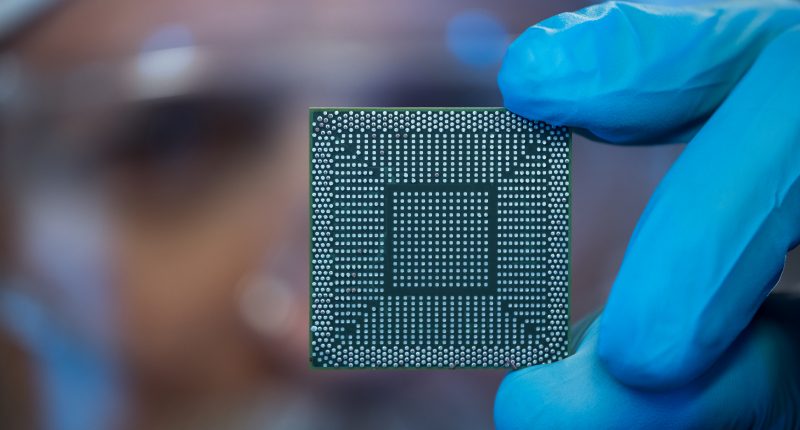SCIENTISTS have created a wireless charger that could be inserted under the skin and could harvest energy from the body itself.
Patients with medical implants might ditch clunky batteries and wiring that comes with them if a follow-up research proves successful.
The new technology has been tested in rodents only but the implications for human use could be groundbreaking.
The scientists at Lanzhou University in China have developed a prototype wireless charging chip that can be implanted under the skin.
The prototype can wirelessly transfer energy through the body or use the body to top up batteries.
The flexible and soft chip is also adaptable to the shape of tissue during a procedure and it’s biodegradable.
read more on tech
Most bioelectronic devices are powered by onboard batteries with limited capacity.
Often these medical devices are hooked up to an external power supply which can risk causing infection in a patient, especially if a surgery is needed to replace parts.
Biodegradable charger would allow the patients to avoid this problem as it dissolves in the body without a need for surgical removal.
In rats, the prototype worked up to ten days and dissolved completely within two months.
Most read in Tech
It could last longer than that if the team thickened the protective polymer and wax layers enclosing the battery.
Wei Lan, study co-author, told Live Science: “Our prototyped power supply system represents an important step forward in advancing a wide range of biodegradable implantable medical devices with its potential to provide effective and reliable energy solutions.”
The prototype power supply uses a magnesium coil that charges when a second coil is placed above the skin.
Power passes through a circuit and then enters an energy-storage module made of zinc-ion hybrid capacitors.
Despite storing less energy per unit than batteries do, the implant can discharge a large amount of energy at once.
When the prototype is attached to a medical implant, it ensures a constant power supply into the device.
But there is still a long way until the wireless charger can be tested on humans.
The research team has to overcome multiple hurdles, including finding a way to turn the device on or off.
As of now, it stops working only when it runs out of power.
“At present, the size of the system is still relatively large and contains a small rectifier module [which converts between AC and DC], and stability needs to be further improved,” Lan said.
Read more on The Sun
“There is still a certain distance to achieve real biomedical applications.”











